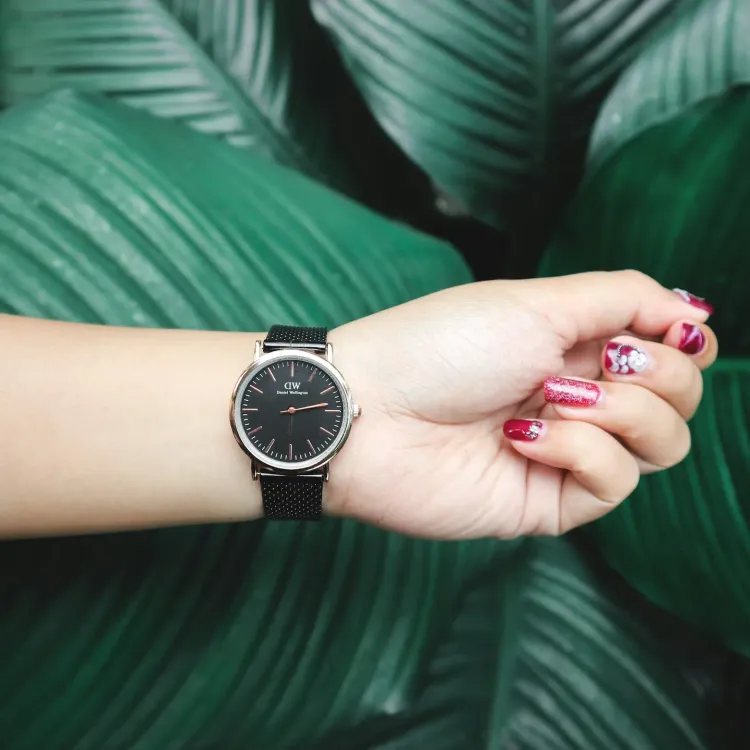How to Write Product Descriptions That Sell Fast: 10 Best Tips for Selling Second-Hand Pieces Online

1. Introduction
When people land on your product page, their decision to buy often hinges on two things: the pictures and the description.
Great visuals catch attention, but it’s the description that builds trust, answers questions, and nudges the shopper toward the “Buy Now” button.
The numbers say it all:
- Well-crafted descriptions can boost conversion rates by up to 78% (source).
- 87% of online shoppers say product descriptions are critical to their purchase decisions (source).
- 30% of cart abandonments are due to poor or unclear product descriptions (source).
If your description is vague—saying only "great condition" or "high quality"—you may leave potential buyers uncertain and hesitant.
A strong product description does more: it builds confidence, clarifies expectations, and creates a personal connection.
In this guide, we'll walk through 10 practical tips to write second-hand product descriptions that not only earn trust but also help you sell faster—and often at a better price.
2. 10 Best Tips for Writing Product Descriptions That Sell
Want to make your second-hand listings irresistible?
Follow these 10 proven tips to build trust, highlight value, and close sales faster.
Tip 1: Start with a Benefit-Driven Hook
Draw readers in by highlighting how the item fits into their life—not just what it is.
- Bad practice:
"Wool jacket for sale." - Good practice:
"Embrace everyday elegance with this classic wool-cashmere jacket, perfect for layering year-round."
Tip 2: Be Specific About Materials and Features
Use clear, concrete language. Name materials, details, and construction techniques.
- Bad practice:
"High-quality materials." - Good practice:
"Crafted from 100% organic cotton with double-stitched seams for durability."
Tip 3: Always Include Measurable Specs
Give dimensions, weights, and sizing information so buyers can visualize the item properly.
- Bad practice:
"Big bag." - Good practice:
"Spacious 30cm x 25cm x 15cm tote, weighing just 750g—ideal for daily essentials."
Tip 4: Disclose Any Flaws Honestly
Mention visible imperfections upfront to build trust and avoid disputes later.
- Bad practice:
(No mention of scratches or stains.) - Good practice:
"Minor scuffing at the bottom corners (see close-up photos)."
Tip 5: Address Invisible Qualities
Cover things buyers can’t see in photos—like odors, fabric feel, or storage conditions.
- Bad practice:
(No mention of smell or feel.) - Good practice:
"No stains or odors. Stored in a smoke-free, pet-free home."
Tip 6: Share When and Where You Bought It
Including purchase history adds credibility and supports authenticity.
- Bad practice:
(No context about item origin.) - Good practice:
"Purchased new at [Brand Boutique, Tokyo, 2018]."
Tip 7: Explain the Reason for Selling
A simple, relatable reason makes the sale feel more genuine.
- Bad practice:
(No reason given.) - Good practice:
"Selling as I recently upgraded to a larger bag for work travel."
Tip 8: Frame the Original Value
Show how much the item originally cost to emphasize the deal buyers are getting.
- Bad practice:
"Good price." - Good practice:
"Originally retailed for $450—available now at a fraction of the price."
Tip 9: Use Social Proof and Trust Signals
Mention awards, media features, certificates, or brand recognitions when available.
- Bad practice:
(No trust signals even if available.) - Good practice:
"Featured in Vogue’s ‘Icons of Quiet Luxury’ guide. Includes authenticity card and original dust bag."
Tip 10: Keep the Tone Friendly Yet Professional
Avoid sounding either too stiff or too casual. Aim for natural, confident storytelling.
- Bad practice:
"OMG you will love this, it’s super cute!!!" - Good practice:
"Designed for effortless style, this piece balances comfort and sophistication for everyday wear."
3. Before and After Examples
Nothing shows the power of good product descriptions better than a direct comparison. Here are two real-world examples, before applying the tips and after.
Example 1: Vintage Designer Bag
Before:
"A nice leather bag. Used but still in good condition. Great for everyday use."
Why it's not good:
- Vague ("nice", "good condition")
- No brand signals, no emotional connection, no measurable details, no ownership history
After:
- Crafted from supple, genuine leather, this vintage [Brand Name] tote blends timeless elegance with everyday practicality.
- Sized at 30cm x 25cm x 15cm, it easily fits a laptop, notebook, and daily essentials, while weighing just 750g for effortless carry.
- Purchased new at [Brand Boutique, Tokyo, 2018] and carefully stored in a smoke-free home.
- Minor scuffing at the corners (see close-up photos), no stains or odors.
- Selling as I recently switched to a larger bag for work travel.
- Includes original dust bag and authenticity card.
- As featured in Vogue’s ‘Icons of Quiet Luxury’ guide—a true forever piece.
Why it's better:
- Specific material and size
- Exact purchase location and year
- Clear history ("smoke-free," "carefully stored")
- Disclosure about the condition (visible and invisible)
- Trust signals (original accessories + media feature)
Example 2: Second-Hand Wool Jacket
Before:
"Warm jacket for sale. Worn a few times. Still good. Size M."
Why it's not good:
- Plain, no story, no detailed information
- Leaves buyer wondering about fit, material, wear, or history
After:
- Embrace everyday elegance with this classic [Brand Name] wool-cashmere blend jacket, size M.
- Designed for versatile layering, it offers a tailored yet comfortable fit—Chest: 52cm, Length: 72cm, Sleeve: 62cm.
- Purchased at [Where, When], and professionally dry-cleaned before listing.
Breathable for spring days yet warm enough for chilly evenings. - Light pilling on sleeves (see close-up photos), but no stains or odors detected.
- Selling as I recently relocated to a warmer climate and no longer need heavier outerwear.
- Originally retailed at $450—now available at a fraction of the price.
Why it's better:
- Material, fit, and sizing specifics
- Purchase location and year disclosed
- Condition clearly explained
- Cleaning and storage history included
4. Conclusion
Writing product descriptions that build trust and sell fast is all about being clear, honest, and thoughtful.
By focusing on specific details, transparent storytelling, and the customer’s real concerns, we can transform even simple second-hand listings into irresistible offers.
Start small: pick one listing we have today and update it using just a few of the tips we covered. Let's see how much faster trust—and sales—follow.
Ready to turn browsers into buyers? Let's get started!


